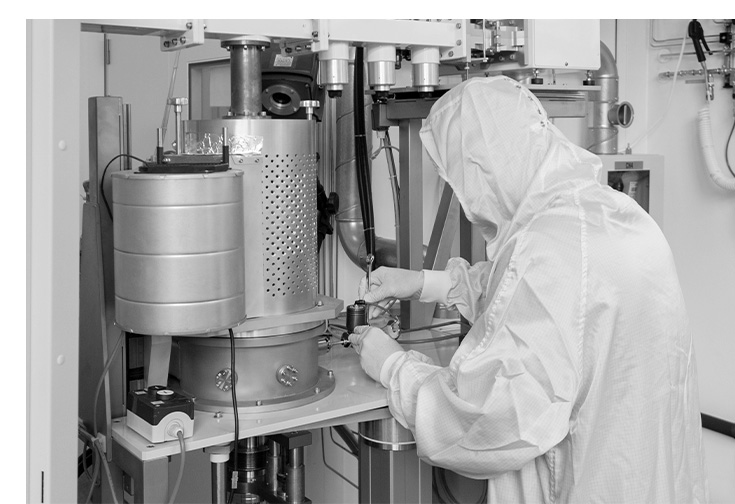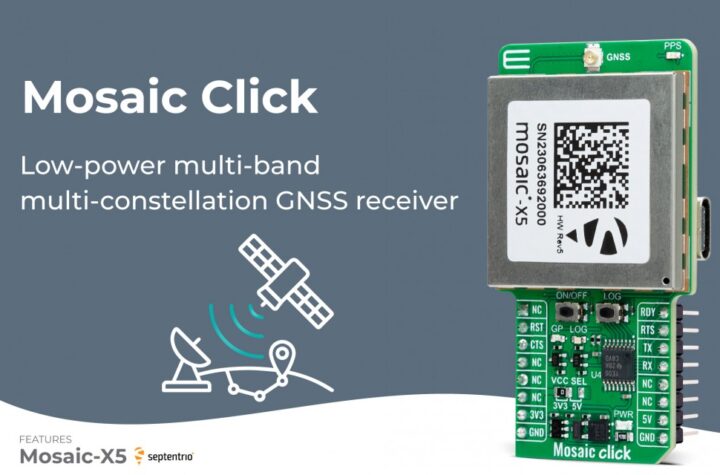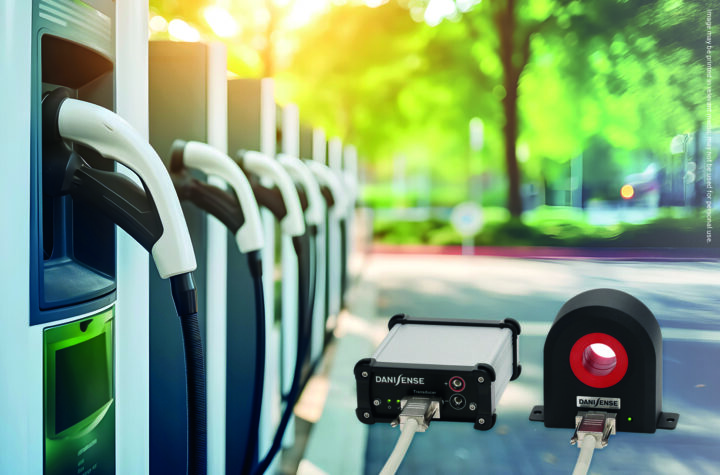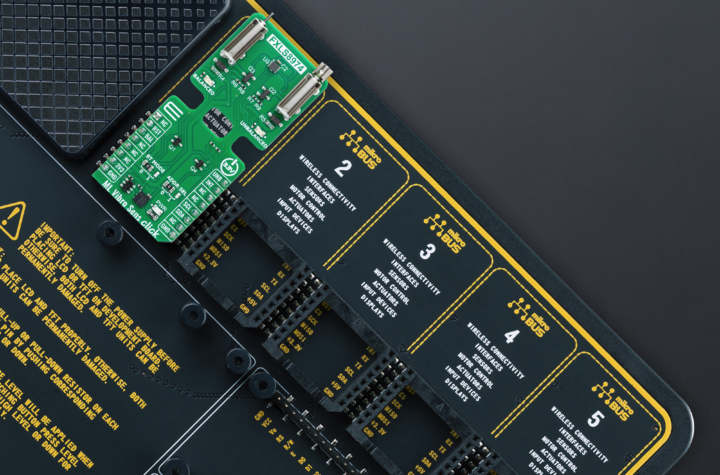
Gauthier Chicot on the power and sustainability of synthetic diamond semiconductors
In this exclusive interview with Automotive Industries, Gauthier Chicot, CEO and Founder of DIAMFAB, discusses the transformative potential of synthetic diamond semiconductors in electric vehicle (EV) manufacturing. Chicot, who has an extensive background in research and development, shares his insights on how diamond-based semiconductors could revolutionize the automotive industry by offering significant improvements in efficiency, power handling, and sustainability.
Traditional silicon-based semiconductors have long been the standard in power electronics, but they are reaching their physical limits in terms of efficiency and power management. Chicot explains that synthetic diamond, with its superior physical properties, can withstand much higher voltages and dissipate heat more effectively, making it an ideal material for automotive power conversion systems. This not only leads to lighter and more efficient vehicles but also contributes to a reduction in energy losses, resulting in extended vehicle range and decreased CO2 emissions.
In this interview, Chicot also highlights the challenges DIAMFAB faces in scaling diamond semiconductor technology to meet the high standards of the automotive industry, and how collaborations with major semiconductor and automotive players are key to driving adoption. Additionally, he addresses how regulatory policies can accelerate this transition, emphasizing the long-term sustainability benefits of using diamond semiconductors.
Chicot’s vision for the future extends beyond the automotive sector, positioning DIAMFAB at the forefront of a broader energy transition, making diamond semiconductors a game-changer for multiple industries seeking high-performance, sustainable solutions.
Automotive Industries interview with Gauthier Chicot, CEO & Founder, DIAMFAB
Automotive Industries: Hi Gauthier, how do you see diamond semiconductors reshaping the future of electric vehicle manufacturing?
Chicot: Hi John, When we think about Electric Vehicles, we often focus on batteries, but the performance and autonomy of the vehicles also rely on other components. Between the battery and the motor(s), there is what we call a power converter to convert DC electrical energy into AC electrical energy for the motor(s). This power converter handles significant power, especially during acceleration. Other converters operate various parts of the car, and in all cases, they are composed of power electronics components, which are manufactured using semiconductors—specifically power semiconductors.
Silicon, the semiconductor we’ve depended on until now, has reached its limits in handling high power efficiently. To overcome these limitations, we need to explore other semiconductors, and among them, diamond is recognized as the ultimate semiconductor for power electronics, which addresses the automotive sector’s needs.
Automotive Industries: What specific advantages do synthetic diamond wafers offer over traditional silicon chips in automotive applications?
Chicot: Diamond is a semiconductor material capable of withstanding very high voltage due to its physical properties. It is 30 times better than silicon, meaning you need 30 times less material thickness to hold the same voltage and thus handle higher power.
Additionally, diamond is an excellent heat dissipator—5 times better than copper. When a power device operates, it generates heat that must be dissipated to maintain performance. This requires bulky and heavy cooling systems. Since diamond can dissipate its own heat, the size and weight of the converter can be reduced by 80% compared to silicon (or 60% compared to silicon carbide, SiC, a material currently being adopted by car manufacturers, but one that will be surpassed by diamond). This reduction could represent several tens of kilograms per vehicle. A reduction of around 10 kgSuch a weight reduction in the power conversion system can significantly impact the vehicle’s energy consumption, braking power, safety systems, and more.
Furthermore, diamond allows a 10-fold reduction in energy losses during conversion, which affects vehicle autonomy. By improving energy conversion efficiency from 90% with silicon to 99% with diamond, autonomy increases by almost 10% without changing the battery.
Automotive Industries: Can you explain how the integration of diamond semiconductors could lead to reductions in CO2 emissions during vehicle production and operation?
Chicot: Consuming less energy during operation, as I mentioned earlier, is a good way to reduce the CO2 impact of a vehicle, but we must also consider the manufacturing process. With diamond, we need much less material than with other semiconductors—10 times less volume than silicon carbide and 100,000 times less volume than silicon to manufacture a given component. Additionally, we use abundant gases like methane and hydrogen to synthesize diamond at relatively low temperatures, consuming less energy in the process. As a result, we estimate that a diamond component will have an environmental impact at least 10 times lower than today’s most efficient solutions.
This is why we believe that our diamond solution can have a positive impact, both during manufacturing and in the vehicle’s usage phase.
Automotive Industries: With your extensive R&D background, what challenges did you face in developing synthetic diamond technology for automotive use?
Chicot: The challenges in the automotive industry are similar to those in other sectors and are related to the semiconductor industry itself. We have already demonstrated the essential building blocks for synthesizing diamond and using it in electronic components. Now, we need to continue improving the scalability of our technology so that it meets semiconductor industry standards, particularly regarding wafer size.
The automotive sector, especially electric vehicles, is driving innovation in power electronics and creating high-volume demand. This necessity to innovate to meet energy transition needs strengthens our belief that the automotive sector will accelerate diamond adoption across other industries that require high-performance power semiconductors.
Automotive Industries: As demand for electric vehicles continues to rise, how do you foresee the transition to synthetic diamond semiconductors impacting supply chain dynamics in the automotive industry?
Chicot: It’s not just the need for performance that can drive the adoption of a new material like diamond. Power electronics is one area where savings can have a significant overall impact on the vehicle. As electric vehicle demand grows, we’re already seeing supply shortages. The SiC industry, for example, is struggling to keep up. Tesla announced less than two years ago that it was looking to reduce SiC usage in its vehicles to cut costs. We believe that diamond can address both performance and supply challenges.
Automotive Industries: What role do you believe regulatory policies should play in accelerating the adoption of advanced semiconductor technologies like yours in automotive manufacturing?
Chicot: We need to find solutions that have a positive impact from manufacturing to end use, and diamond is well-positioned to meet regulatory policies. Reducing the weight of electric vehicles and increasing their lifespan can also minimize their environmental impact over their lifecycle. As mentioned above For example, reducing the power conversion system weight by around 10by few tens of kg has could have significant implications for energy consumption, braking, safety systems, and more.
The adoption of SiC was enabled by its use in the automotive industry, supported by regulatory policies. With stronger policies now in place and the urgent need to move away from fossil fuels, diamond can benefit even more.
Automotive Industries: How long do you anticipate it will take for the industry to fully embrace third-generation semiconductors, and what key milestones do you envision along that path?
Chicot: It’s important to remember that diamond semiconductor technology is relatively new at industrial level, despite 30 years of R&D at the French National Research Center (CNRS). We expect to see the first diamond components in electric vehicles by 2030, with the ambition that all vehicles will incorporate diamond within the next decade.
We are currently building a pilot line that will allow us to produce small series of diamond wafers for R&D, testing, and qualification phases with our partners. Co-development is part of our DNA, and we have already started collaborating with semiconductor players like STMicroelectronics, Soitec, Schneider, and Murata. We are also seeking partnerships with automotive players.
Automotive Industries: How is DiamFab working with car manufacturers to facilitate the integration of synthetic diamond technology into their existing systems?
Chicot: As mentioned earlier, collaborating with industry players is essential. Earlier this year, we won the Pionnier Prize from the Automobile Club de France, attracting the attention of the French automotive industry, and we are now in discussions with international players. We are also in discussions with a few European car manufacturers.
Our approach is twofold: to enable them to test the first prototype components and witness the long-term performance promised by the technology; and for DiamfFab to gain a deeper understanding of their needs, so we can refine our value proposition and develop components tailored to their requirements based on the technology building blocks we have mastered.
The adoption process for a new technology like this is lengthy, requiring early collaboration to ensure mutual benefit.
Automotive Industries: Finally, what is your vision for the long-term impact of synthetic diamond semiconductors on the overall automotive landscape, particularly in terms of innovation and sustainability?
Chicot: Our vision extends beyond the automotive industry. We aim to be pioneers, not just for electric vehicles but for all industries that stand to benefit from diamond semiconductors. Many sectors will need to enhance performance to achieve a successful energy transition, and we are committed to making diamond semiconductors accessible to those industries.
In short: we want to be pioneers, but most importantly, useful pioneers for a better world.














More Stories
Mosaic Click board from MIKROE delivers global coverage multi-band and multi-constellation tracking ability
Current transducer from Danisense selected for DC charging station testing device demonstrator at TU Graz
New Click board from MIKROE helps develop and train ML models for vibration analysis